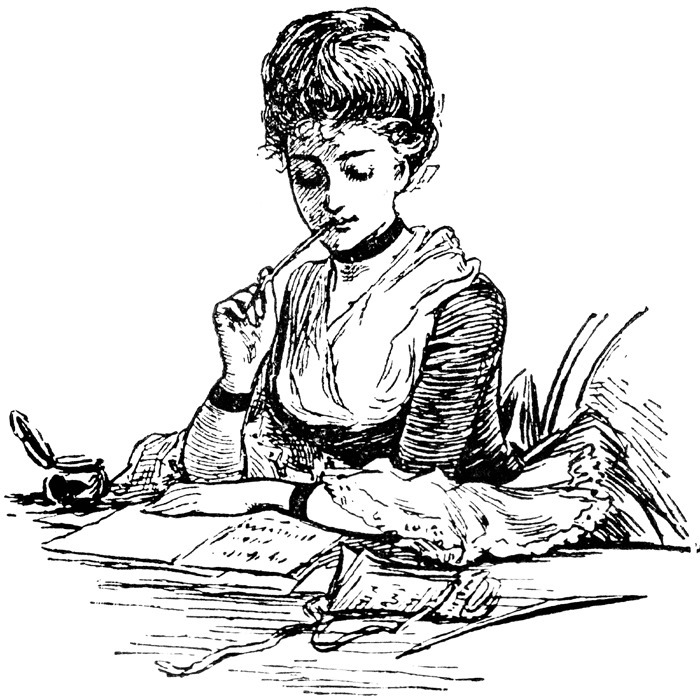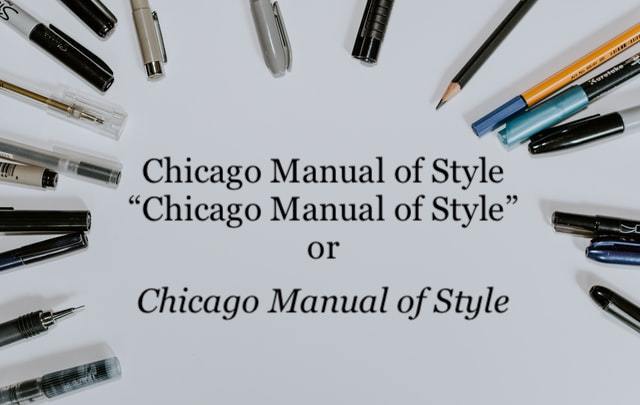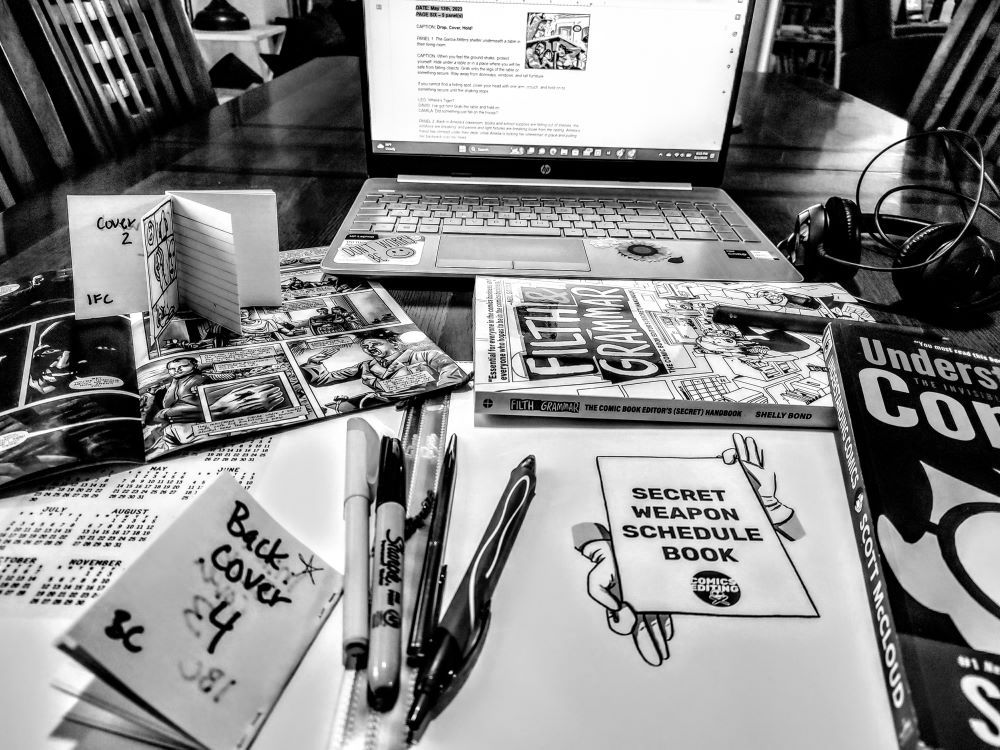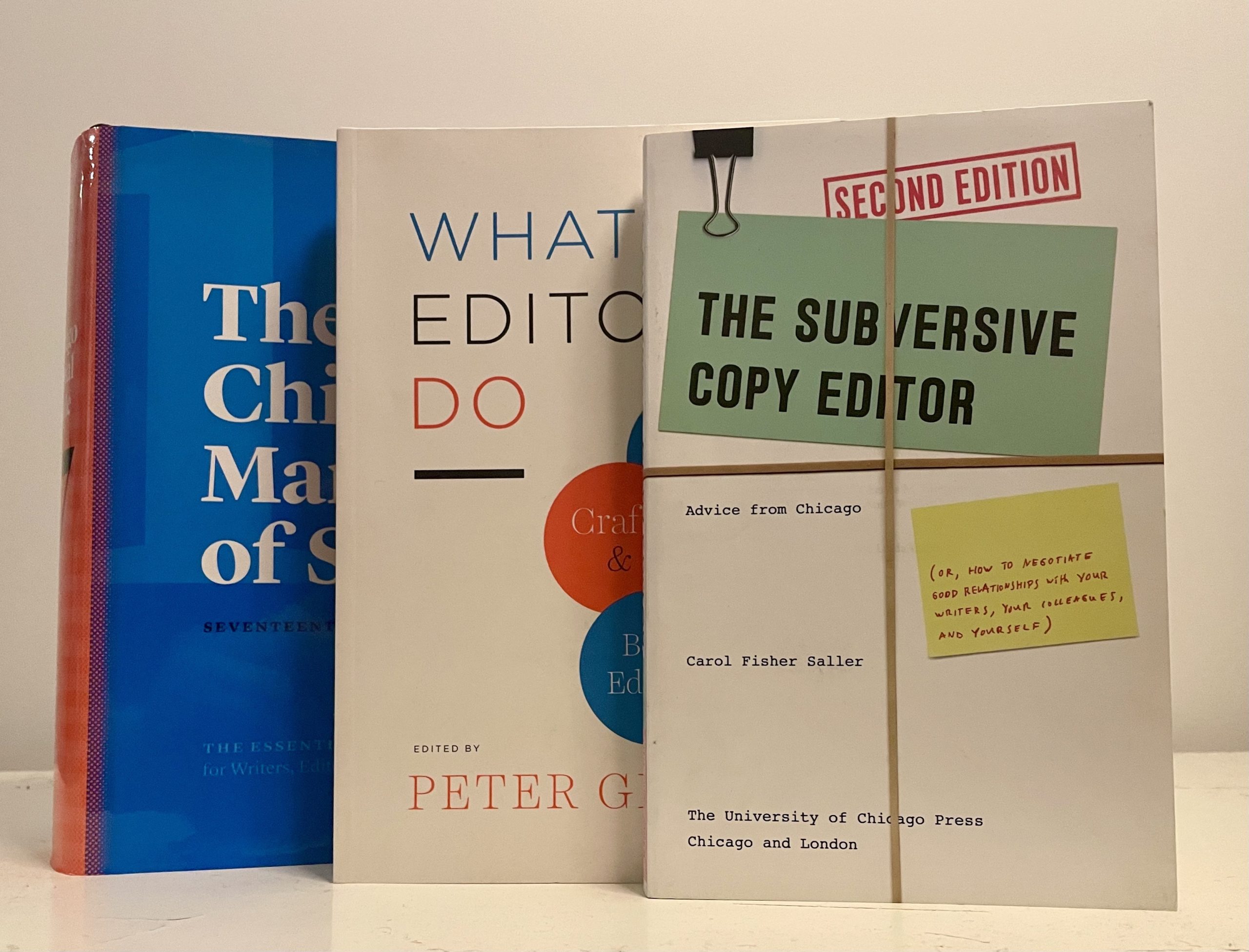Freelance Editorial Organizations: Making Connections in a Solo Endeavor
Luckily for freelance editors, there are a handful of editorial societies that are available to join to build a sense of community even when working remotely. Providing encouragement and learning resources, each of the organizations listed below are sure to provide some benefit to your range of skills whether you prefer something free to low cost or have the funds to invest in a high-end membership.










